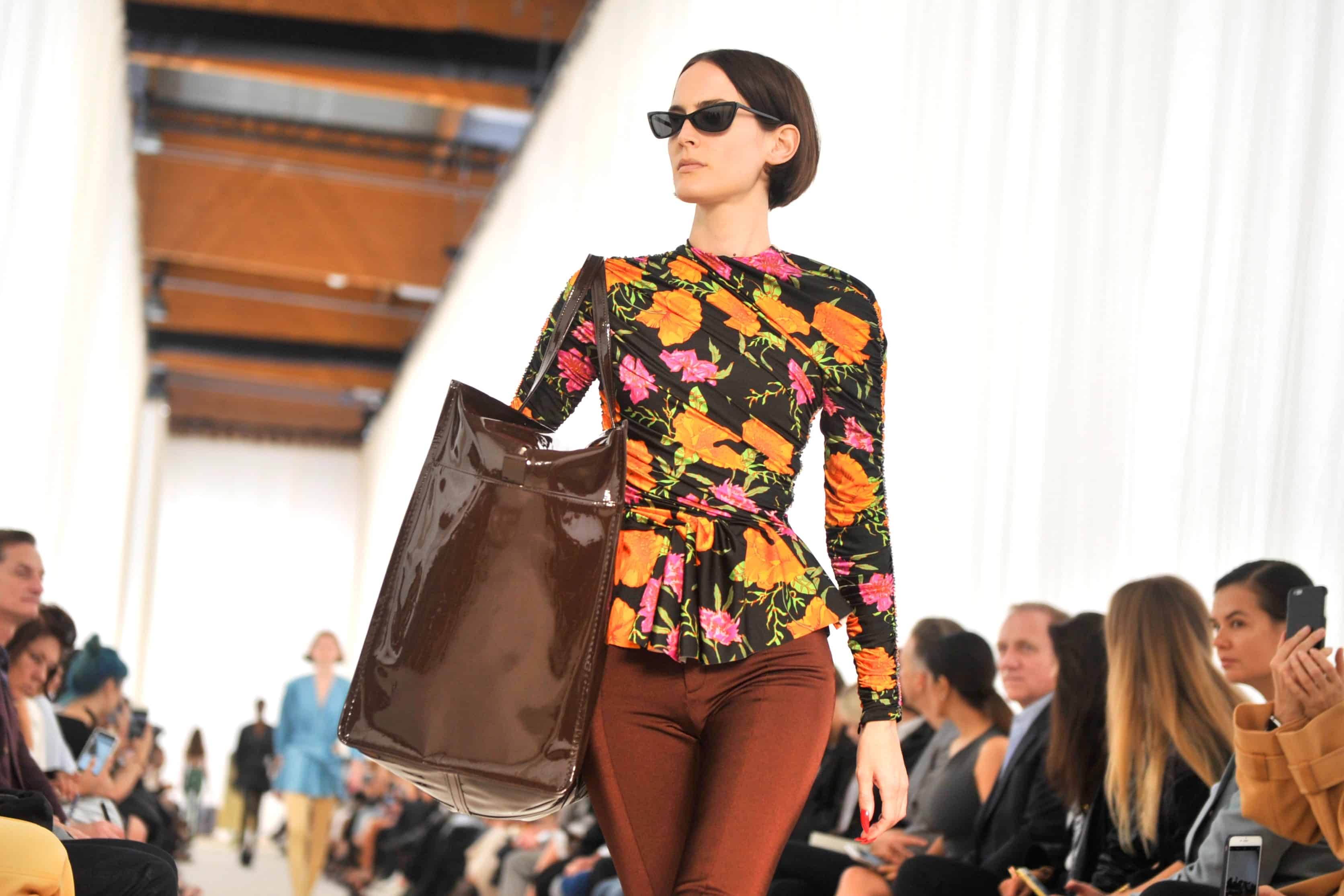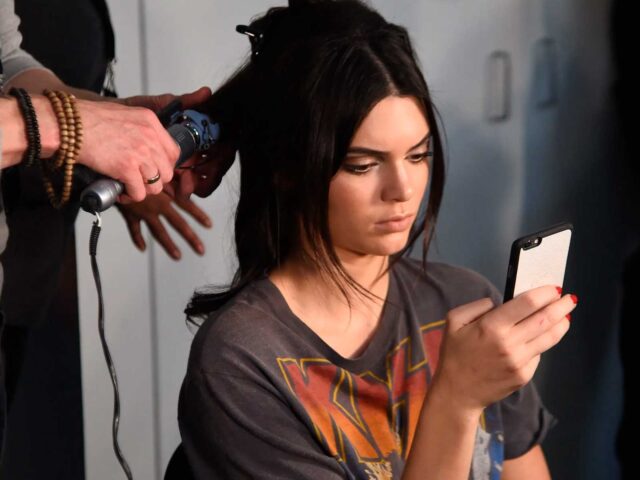One of the main problems facing fashion in the field of sustainability is overconsumption. With the advent of the information age and the internet, online shopping and personalised sales have increased shopping addiction. Do you feel identified?
A 2016 study by the National Library of Medicine noted that “the frequency of compulsive buying behaviour has increased worldwide over the past two decades”, a trend that continues to grow with the emergence of online shopping. In a more recent study published in the Journal of Internet and Digital Economies, it correlates with the previous one and states: “Internet shopping increased compulsive buying”.
In the field of fashion, brands have their own apps where purchases can be made at the click of a button thanks to the option of pre-saved credit card details and fast payments. The problem of over-consumption has reached such significant dimensions that new apps have emerged to counteract these behavioural patterns such as Shopping Addiction Calendar, ByeByeBuy, Quitzilla and BlockSite.
However, these sites use covert marketing techniques. For example, they notify a user that another user has used a particular discount code, thus prompting the user to buy, but the second user never existed. Other techniques range from simple colour coding for buttons to complex algorithms that predict behaviour and suggest products designed specifically for each customer.
@renee.benes Hope this helps 😘 #shoppingaddict #shopaholicgirl #debtfreeliving #minimalismtiktok
The problem is not easy to solve, especially for fashion. Because, on the one hand, brands are striving to make the shopping experience more and more seamless and personalised, but on the other hand, this is leading to overconsumption at the expense of users’ own privacy. However, part of the world is beginning to realise the problem of data protection. Whether the mechanism works or not, only time will tell.
Sigue toda la información de HIGHXTAR desde Facebook, Twitter o Instagram
You may also like...






